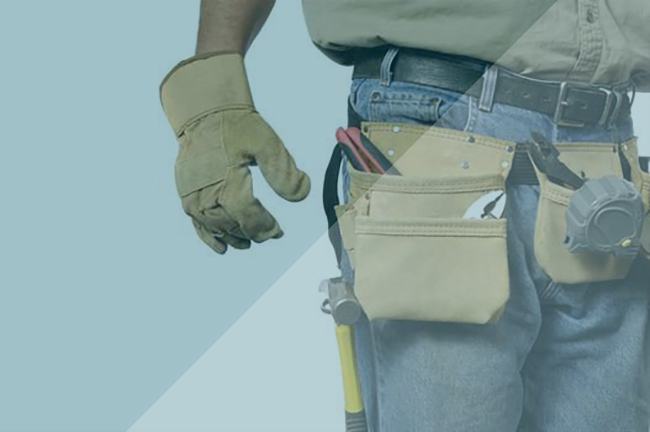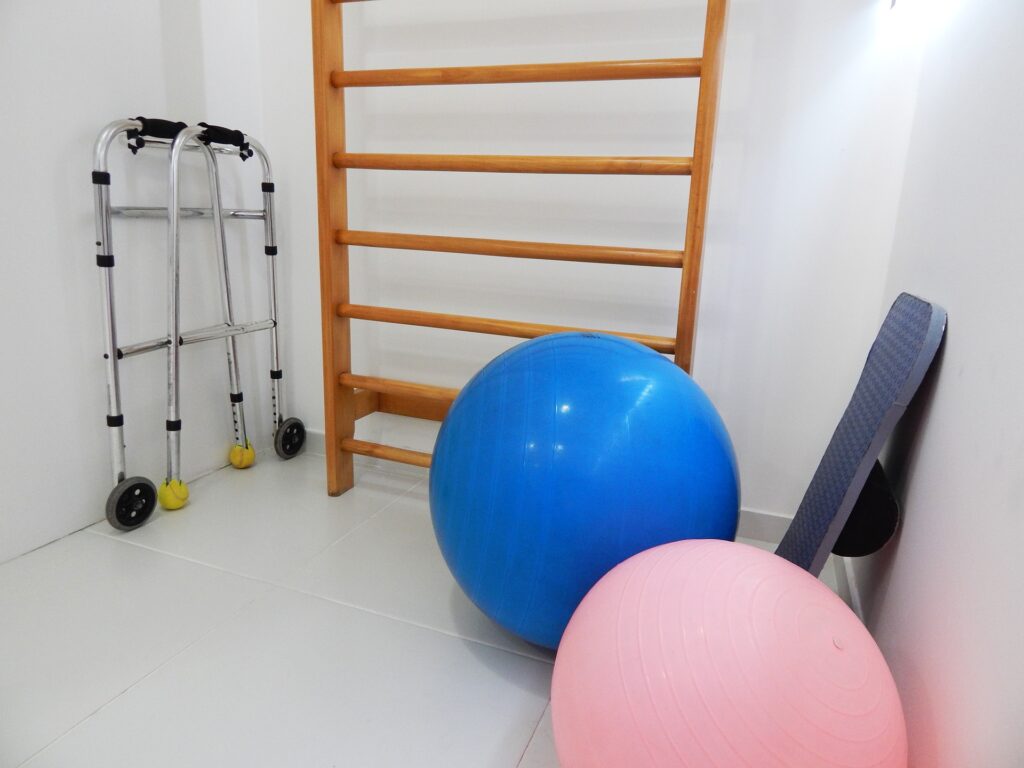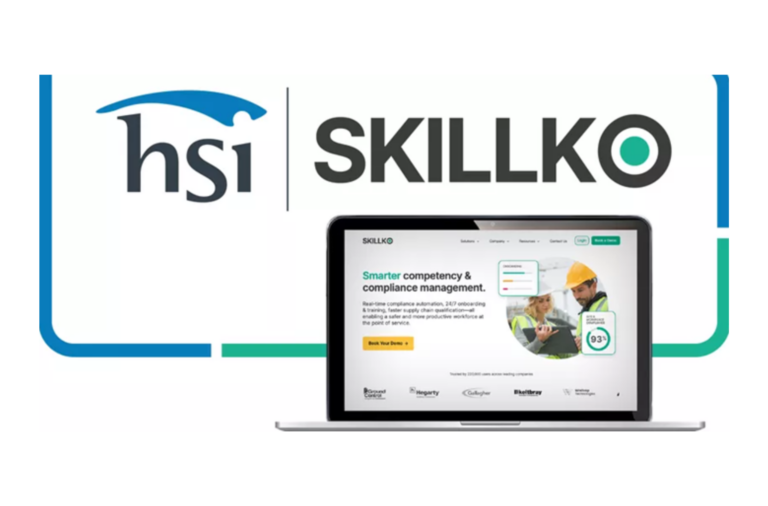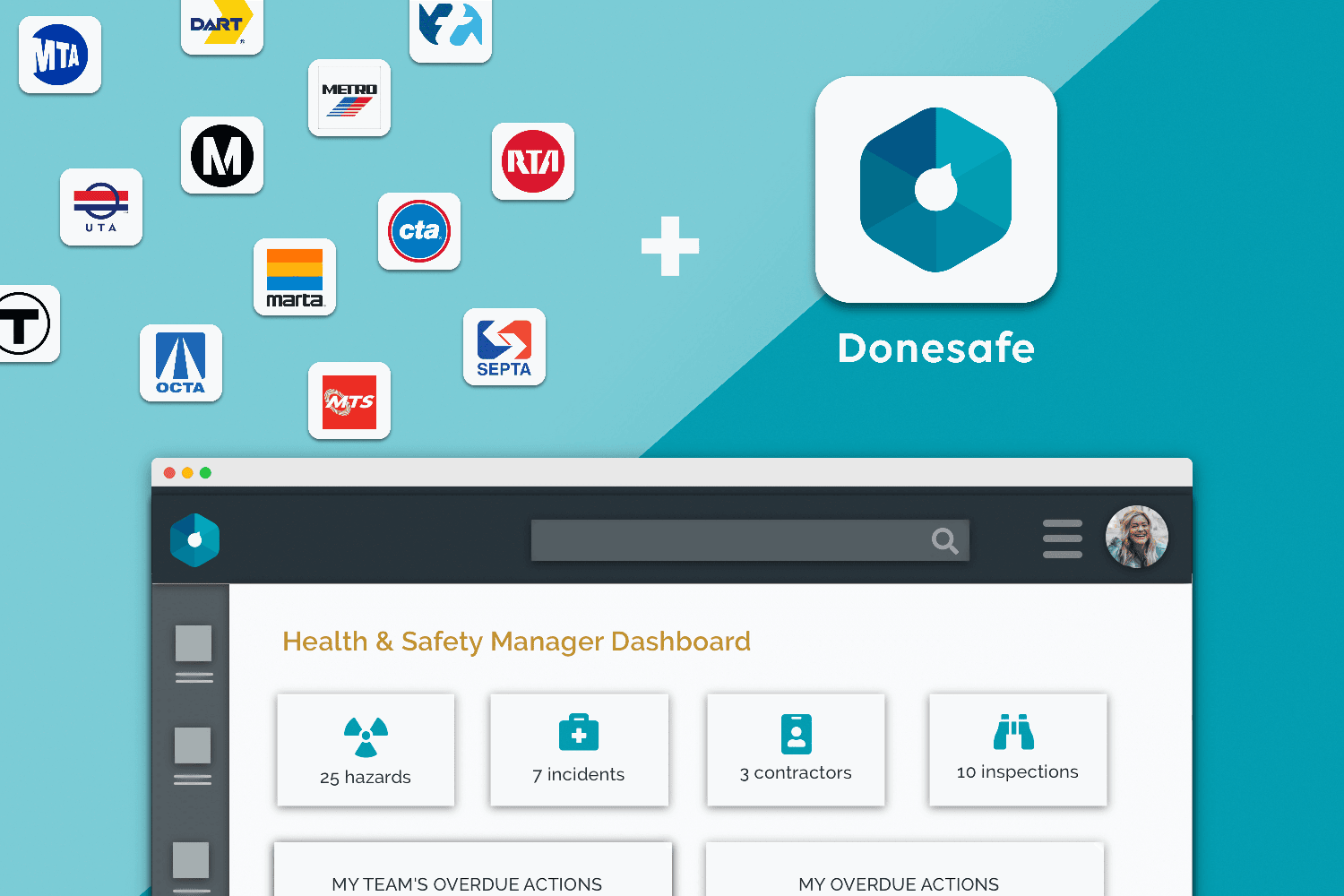
August is Tradies National Health Month, so it’s a good time to reflect on the priorities for health and safety management for this key industry sector.
Frankly, the issue of tradie’s health and safety needs a lot of attention. According to data from Safe Work Australia, tradies are among the highest-ranked sectors in regard to serious injury and disease compensation claims. Statistics have shown that 1 in 5 serious workplace injuries involve someone working as a tradie.
Safeguarding tradies’ health and safety involve three key groups of people: employers, physiotherapists, and, of course, tradies themselves. Each of these groups has a unique role to play and neither can do the work alone. We want to focus on what each group can contribute to the health and safety of tradies’ work environment, why this work must be cooperative to be successful, and how to go about managing such a multi-layered health and safety strategy.
Physios

The Australian Physiotherapy Association is behind the effort to recognize August is Tradies National Health Month, which they created “to help provide valuable information for tradies on the importance of full-body health and safety.” The organization has taken an active approach to promoting the health of individuals working in occupations that involve labor-intensive manual work or repetitive physical work. This makes perfect sense in light of the finding that the number one cause of serious injury claims across all occupations is muscular stress, which is to blame for about 33% of all incident reports.
If left untreated, musculoskeletal conditions can have far-reaching consequences. Research in the United States has found a significant uptick in treatment spend on musculoskeletal afflictions among the general population. Employee Benefit News has reported on the relationship between musculoskeletal health conditions and work:
In addition to medical cost, treatments for musculoskeletal conditions can have a significant impact on employee productivity, absenteeism, mental health and overall well-being. Recovery times for the most invasive surgeries can last several months. Depression, psychiatric disorders and increased risk of prescription pain medication abuse are also common.
EBN also reports that invasive treatments, such as surgery, do not necessarily result in the long-term benefits that patients seek. This is a great argument for preventive strategies and alternative treatments that may increase an individual’s physical strength and resilience. Some suggestions are as simple and common-sense as getting enough sleep and quality nutrition. Others may require more conscious motivation, but should not be overlooked: stretching for 10-15 minutes daily, using good posture at all times, and doing exercises that strengthen core muscles.
For those involved in managing tradie health and safety, it may be worthwhile to have a local physio perform an assessment of your worksite or provide a long-term health partnership for your employees. For more information and help finding a qualified physio in your area, we recommend the APA’s Find a Physio tool.
Employers
After muscular stress, the following major cause of serious injury claims is physical workplace hazards, which result in slips, trips, and falls. These incidents comprise about 22% of claims across all industries. Avoiding these hazards is the joint responsibility of tradies and employers.
Anyone in the business of managing tradies should have a straightforward strategy for incident reporting and follow-through. There are two components to this approach: knowing the law and being able to communicate effectively to workers. Both principal contractors and subcontractors may be held liable for injuries that occur in the workplace, and are required by law to conduct a thorough evaluation of the safety of their site to ensure it does not pose harm to others. Any PCBU (person conducting business or undertaking) must have a safety management system that is compliant with Australian Standard AS4801 for occupational health and safety management systems.
A workplace safety management system should also incorporate employee training. Unfortunately, many programs are often cumbersome, meaning that important information is lost in translation. The Tradie has reported that
Workplace Health and Safety Queensland’s November e-Safe alert reports that a recent compliance campaign suggests workers may be relying solely on their training and experience to manage risks. It was also found that workers believe safety documentation is difficult to understand and not enforced or checked by management. Workplace Health & Safety Qld have information available about Safety Management Systems. It is vital the system be easy to understand and be user friendly.
A good training program should be able to identify and test prior knowledge, communicate crucial new information clearly, and have a reasonably friendly user experience.
The key to demonstrating responsibility for health and safety is to know your role. Tradespeople and apprentices are only as successful as their supervising contractors. The work performed by tradies usually involves multiple layers of accountability, so it’s up to the supervising contractors and site personnel to be the role model for safety. Set the tone by openly discussing safety with your crew. Inform and train employees regarding site protocol, paying special attention to younger and less experienced workers.
The organizational hierarchy on a single site can make the work of health and safety management quite complicated. The task of managing so many-layered responsibilities can make for fuzzy accountability and reporting practices. The principal contractor or site supervisor is usually responsible for the safety of all on the site. However, the subcontractors are the ones who directly supervise tradies and end up managing immediate incident reporting. Principal contractors, site supervisors, and subcontractors should all strive to achieve consistency and uniformity in their health and safety management system from end-to-end and top to bottom. A culture of communication can do wonders for achieving this type of cohesion, but it must begin at the top level of the organization.
Tradies
Last but definitely not least, tradies should not neglect to take an active approach to their physical and mental wellbeing. The major causes of workplace incidents and injuries among tradies are musculoskeletal conditions and psychological stressors, but there are additional health problems that may develop as a result of prolonged exposure to physical elements (chemicals or materials) or environmental elements (sun exposure or excessive noise).
Whether or not you have access to a workplace physiotherapy program, there are a few guidelines you should always keep in mind. Something as simple as using proper lifting and manual handling techniques may even save you a visit to the physio. Always be cautious of environmental hazards–you wouldn’t forget your goggles when working with chemicals, so don’t neglect the sunblock when working outdoors. Surrounded by the pleasant sounds of jackhammers and drills? You might need earplugs. All of these precautions may save you from having to file an injury claim or taking time off for medical treatment.

If you’re dealing with immediate pain or discomfort, don’t wait for the problem to get worse. These aches may seem like just a pesky nuisance, but they can develop into real health concerns over time and may result in disability and inability to work. Take the initiative to find a physio that can help you take the steps to overcome these aches before they escalate.
We would be remiss if we were to overlook tradies’ mental health, a subject that is finally getting the attention it deserves. Despite the various physical hazards associated with the work of a tradie, it is psychological stress that actually causes the most damage. In fact, construction workers are six times more likely to die by suicide than from a workplace accident.
Especially for men, the tradie work culture often encourages superhuman toughness and resilience and discourages open expression, which is seen as a vulnerability (In case you missed it, we recently shared an awesome story on this exact topic). The situation can turn volatile when these expectations are combined with financial stresses, alcoholism, or family problems. Fortunately, there are several upstanding organizations working to help individuals who are struggling with thoughts of depression, anxiety, and suicide. Mates in Construction is focused on the mental health of construction workers, and Beyond Blue and Lifeline Australia provide services to the general public.
The APA tradies health page has advice and resources on dealing with everything from work injuries to depression and bullying. They have also created several useful resources to be used as informational and training material. Hop on over to their resource page and YouTube channel for more inspiration.
Do you have thoughts on improving tradie health and safety? Join the conversation on Twitter using the hashtag #tradieshealthmonth.
And as always, stay safe.
By Aja Cacan at donesafe.com
For a paperless, jargon-free business safety solution that you can manage from your phone, click here to get in contact and ask about how you can try Donesafe for FREE or visit our features page to find out more.
Image via Flickr.
Share:



